
For the first time in a year and a half, orders for Philips medical imaging equipment edged up in North America. It is the first tangible glimmer of hope that the great imaging recession may finally be over.

For the first time in a year and a half, orders for Philips medical imaging equipment edged up in North America. It is the first tangible glimmer of hope that the great imaging recession may finally be over.
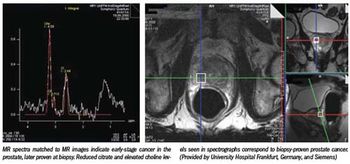
The idea of MR spectroscopy has been kicking around almost as long as MR itself. The allure is seductive: a noninvasive biopsy that quantifies in hard numbers the presence-or absence-of cancer.

Recently, there has been some debate in the radiology literature about the demise of general radiology, and with it people like me: general radiologists.
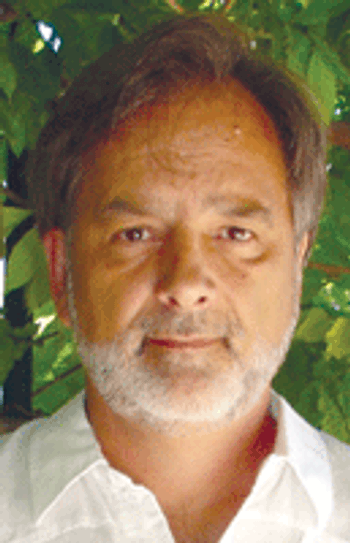
Thirty years ago, I counted 12 MRI machines worldwide. Once the total had passed 25,000, I gave up counting.
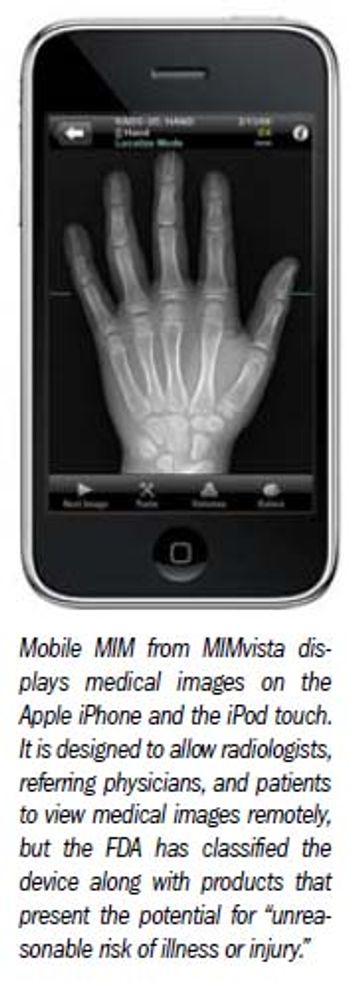
Mobile devices such as the iPhone and newly released iPad are attracting a lot of attention for how they might display medical images.
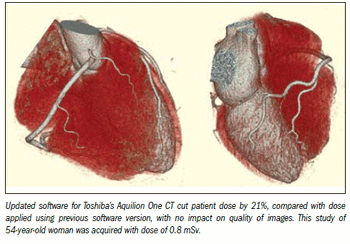
The means to reduce radiation dose are often at the fingertips of CT operators.

Using high-resolution CT scans to screen for lymphangioleiomyomatosis is cost-effective in women between the ages of 25 and 54 who don’t smoke and come to the emergency room for the first time with a collapsed lung, according to University of Cincinnati researchers.

Presence of plaque on an abdominal CT scan is a strong predictor of coronary artery disease and mortality, according to a study from Henry Ford Hospital in Detroit.

Reduced or no “padding” during ECG-triggered coronary CT angiography results in a substantial reduction in radiation dose without affecting image quality and interpretability, according to a study in the April American Journal of Roentgenology.

The ACR has added breast MRI to its repertoire of accreditation programs.

MRI detects breast cancer in the contralateral breast for postmenopausal women better than a clinical or mammographic examination, according to a Mayo Clinic study published in the March/April The Breast Journal.
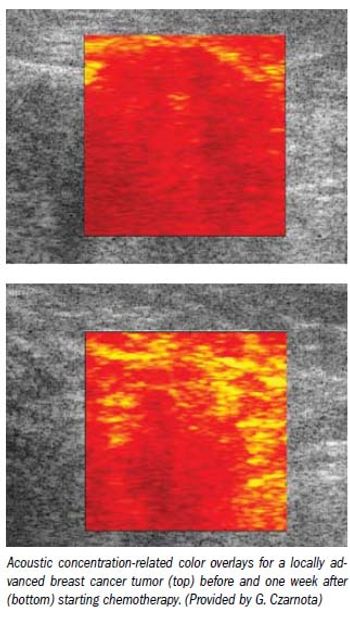
A new ultrasound technique that measures cell death, tumor elastography, and vascular patterns can better predict how well cancer patients are responding to chemotherapy, Canadian researchers report.
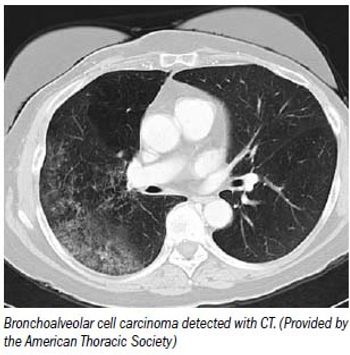
A study finding relatively high false-positive rates for CT screening of lung cancer will probably not be the definitive word on the subject.
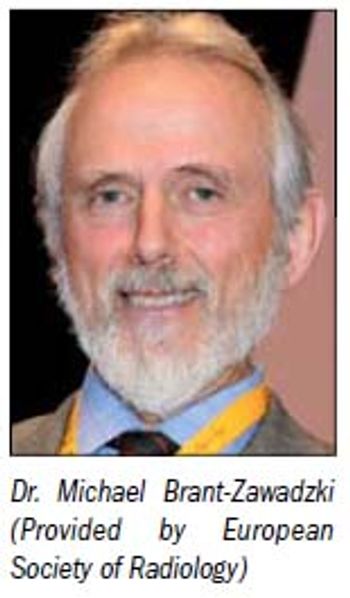
When it comes to the sizzling hot topic of carcinogenesis and diagnostic radiation, it is crucial to differentiate hypothesis from scientific fact, maintain a sober mind, and separate science from politics and economics.
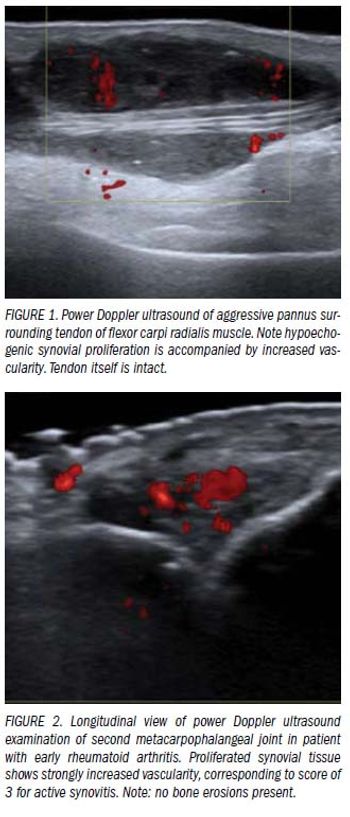
Rheumatoid arthritis is a chronic and progressive inflammatory disease of the joints.